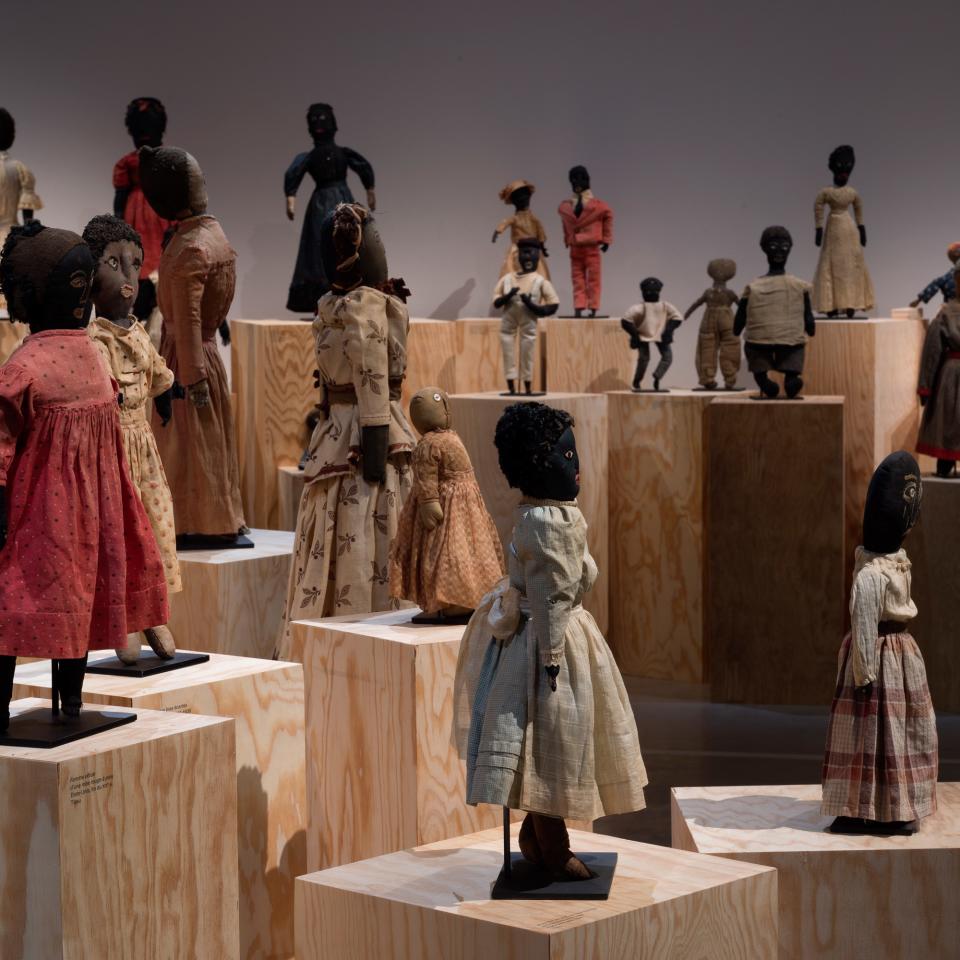The Black Dolls on Showcase at a Parisian Gallery Have a Poignant Story to Tell
La Maison Rouge’s “Black Dolls” Exhibition
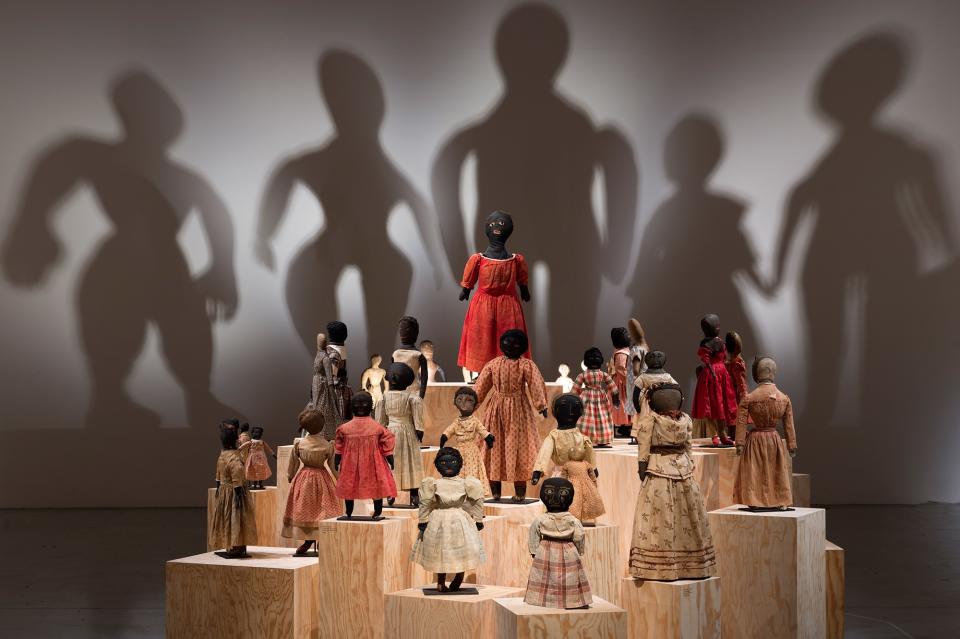
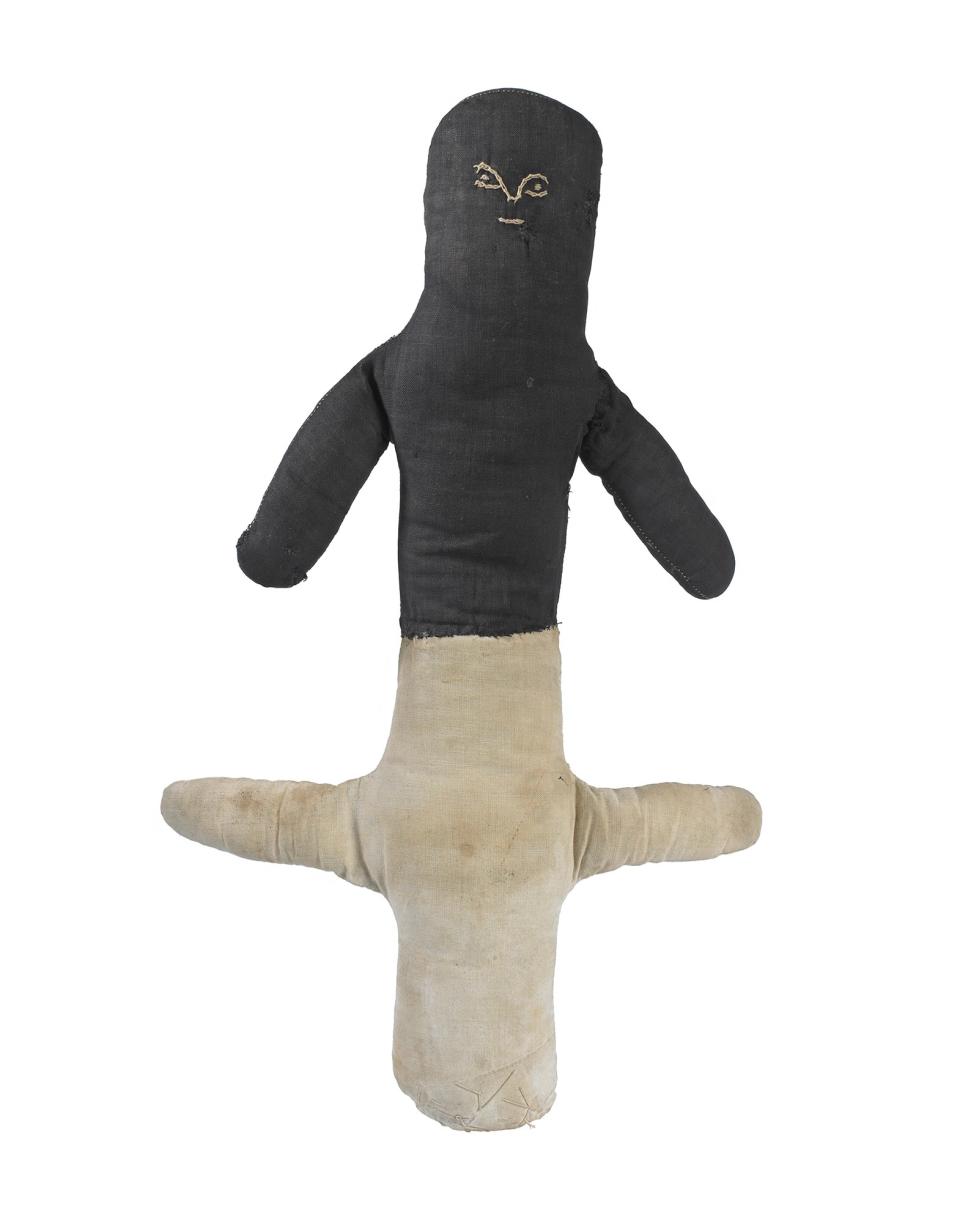
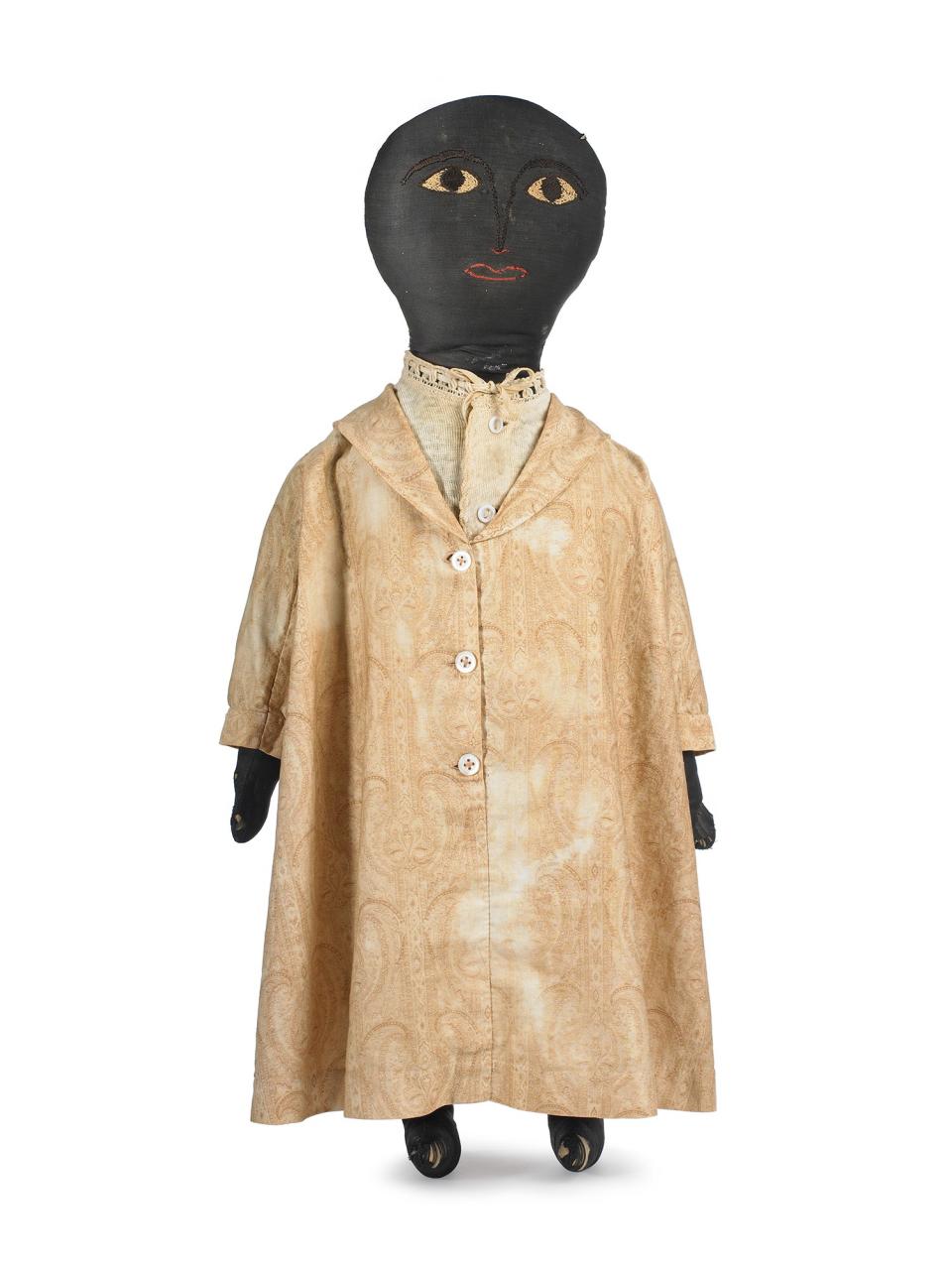
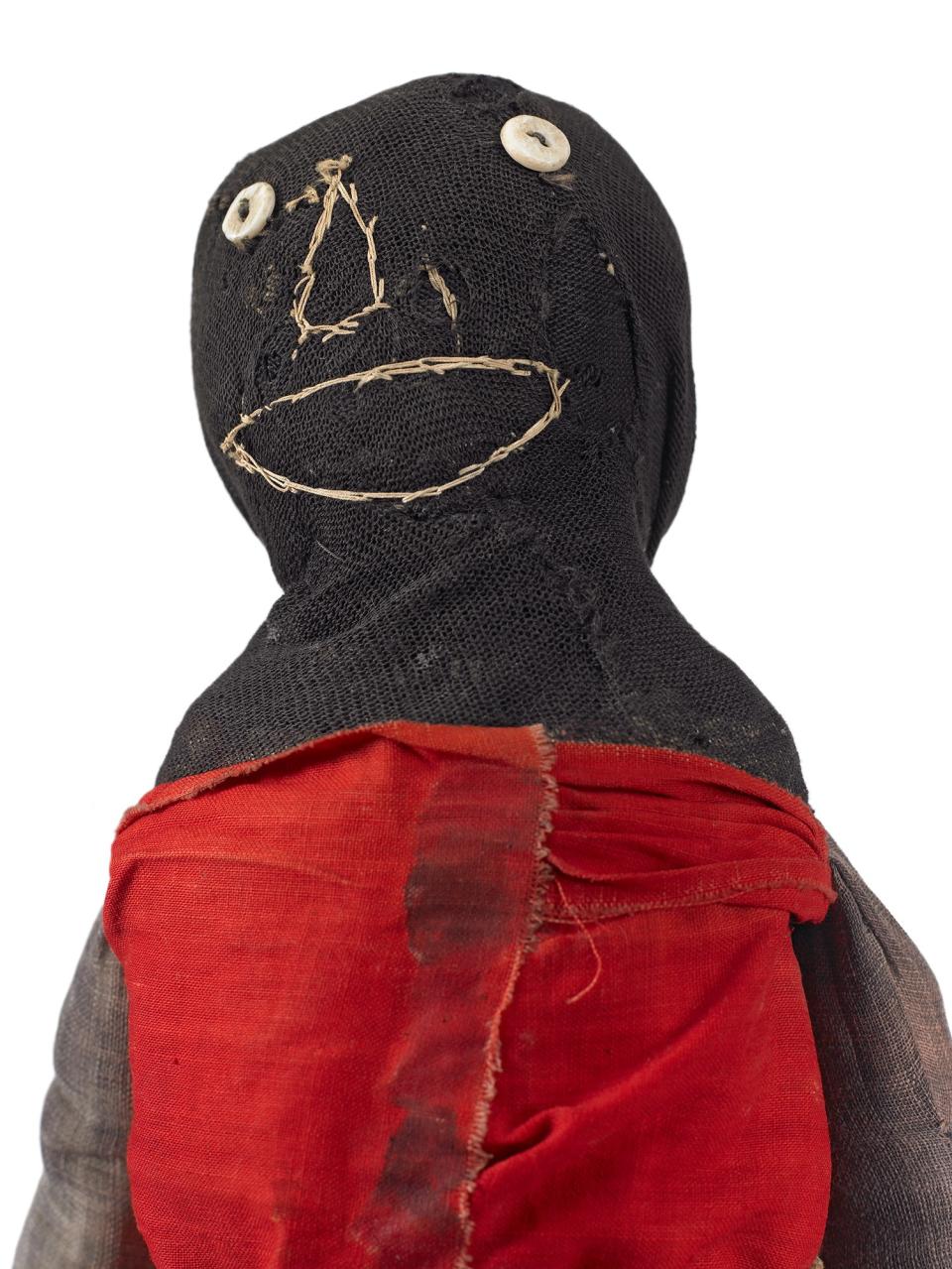
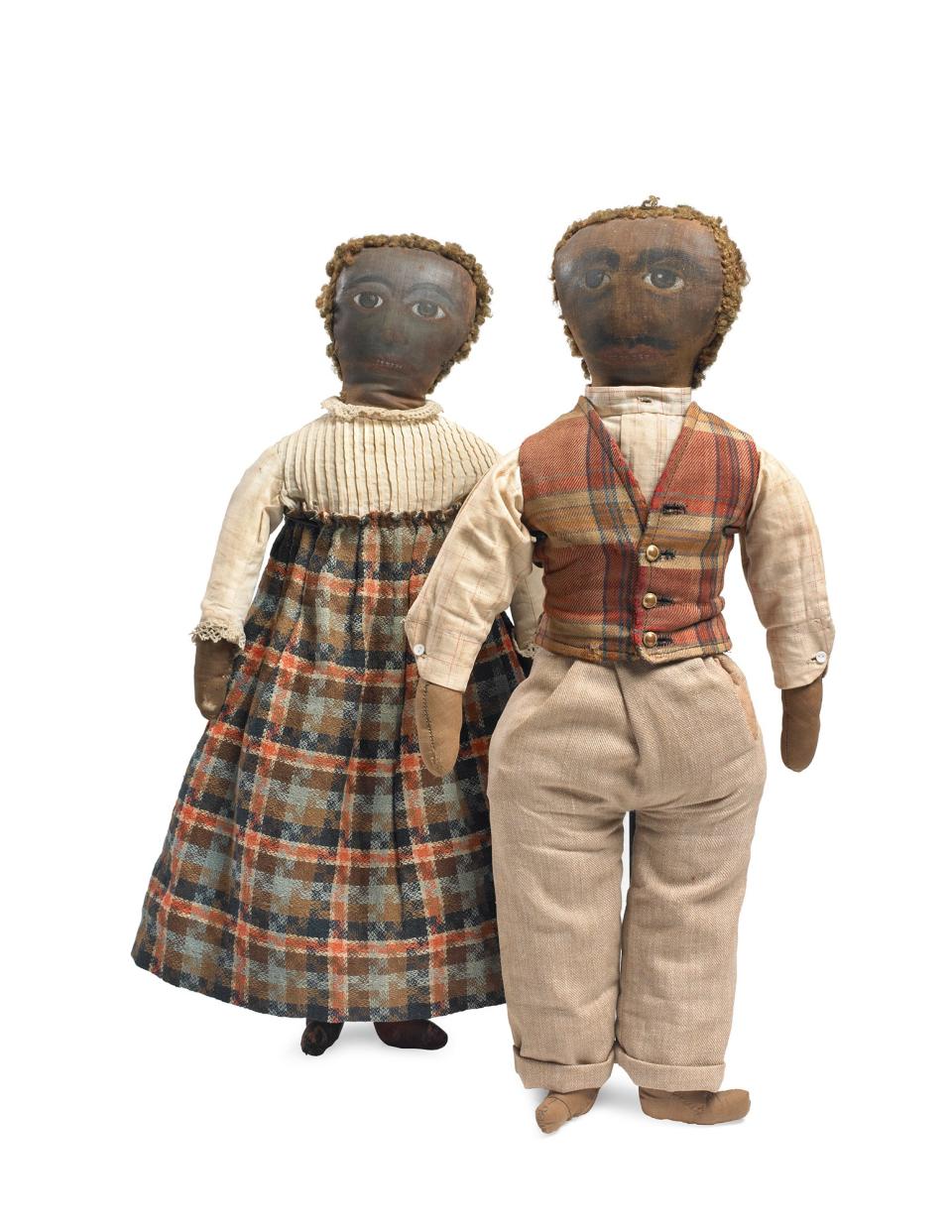
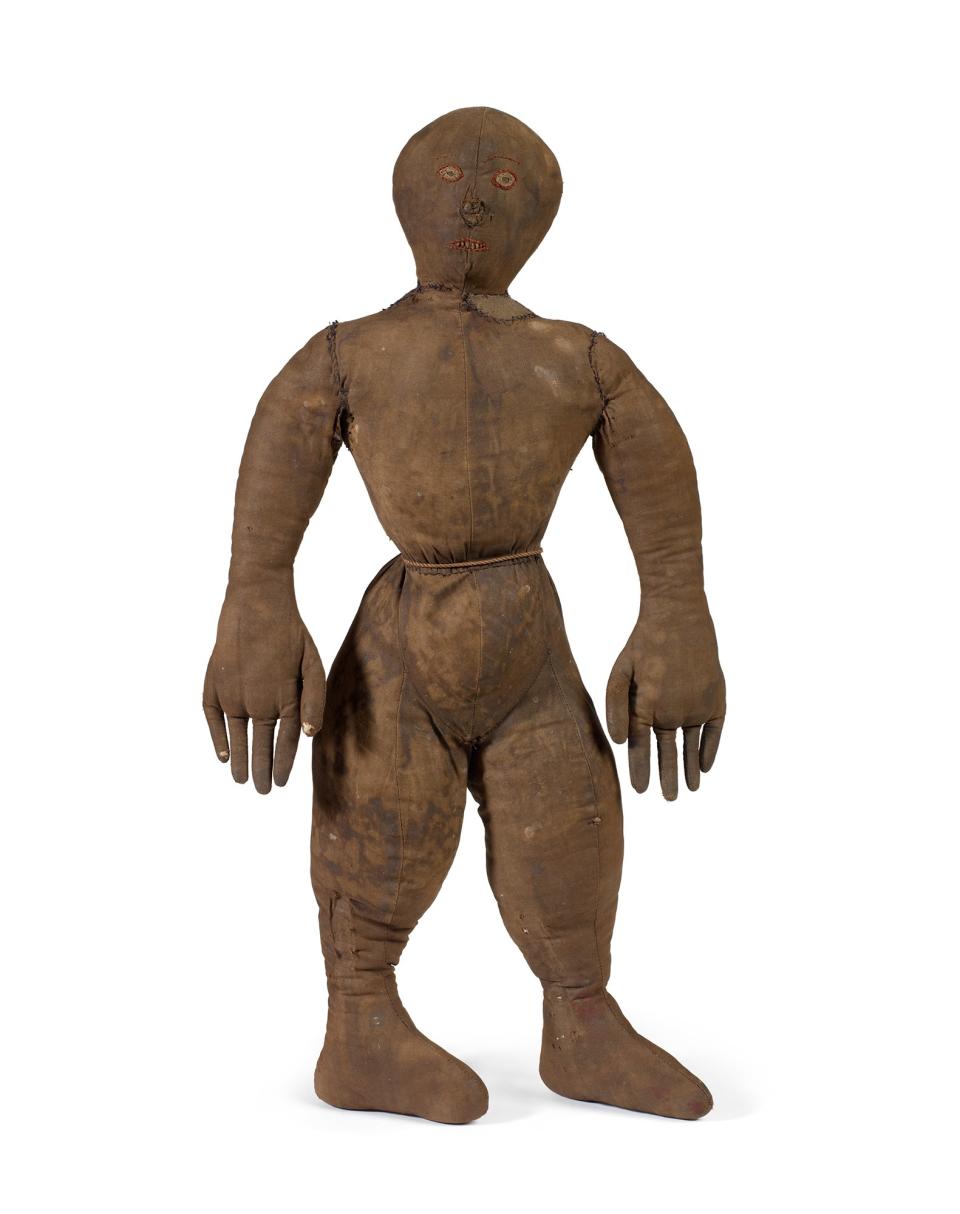
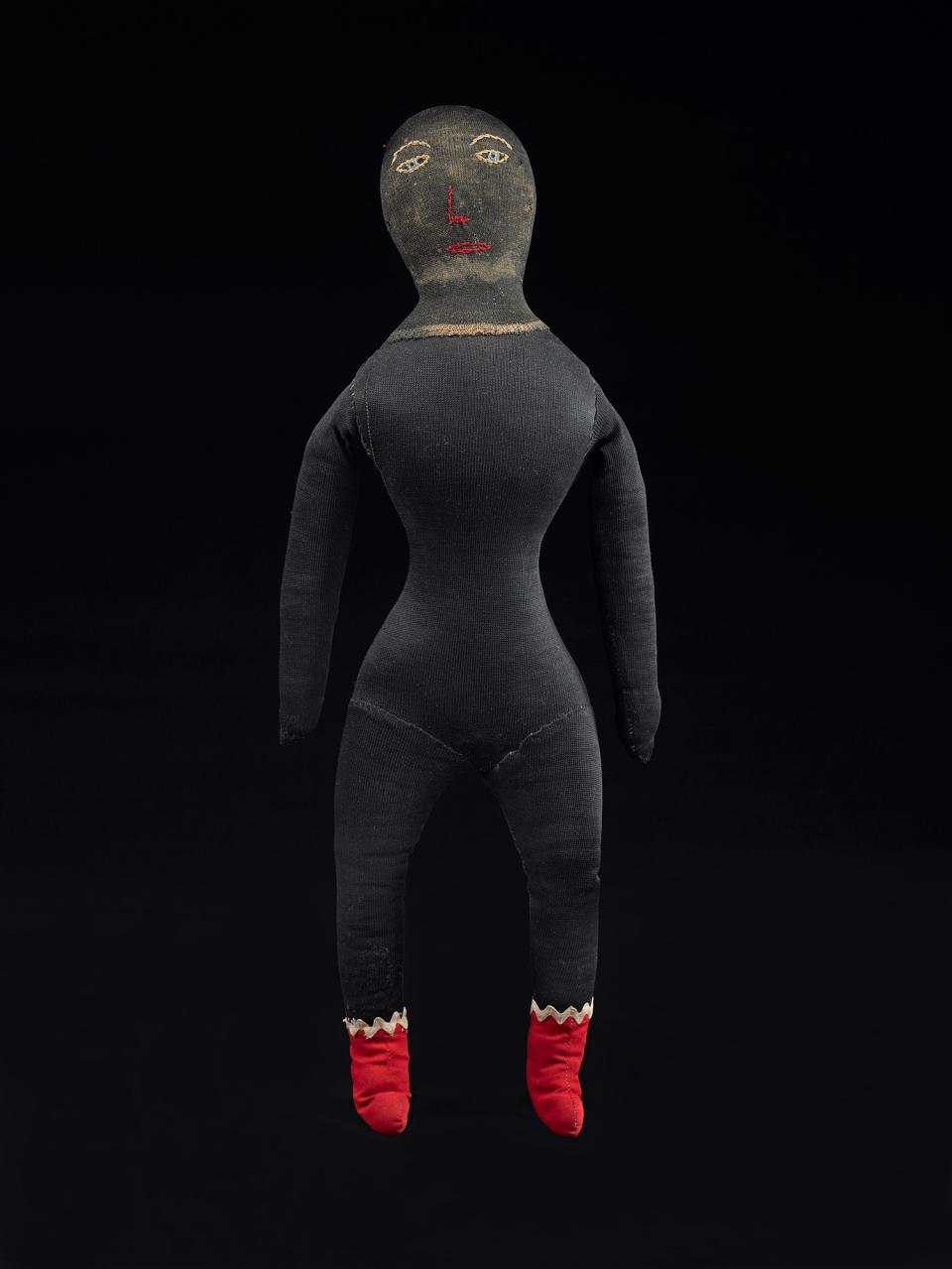
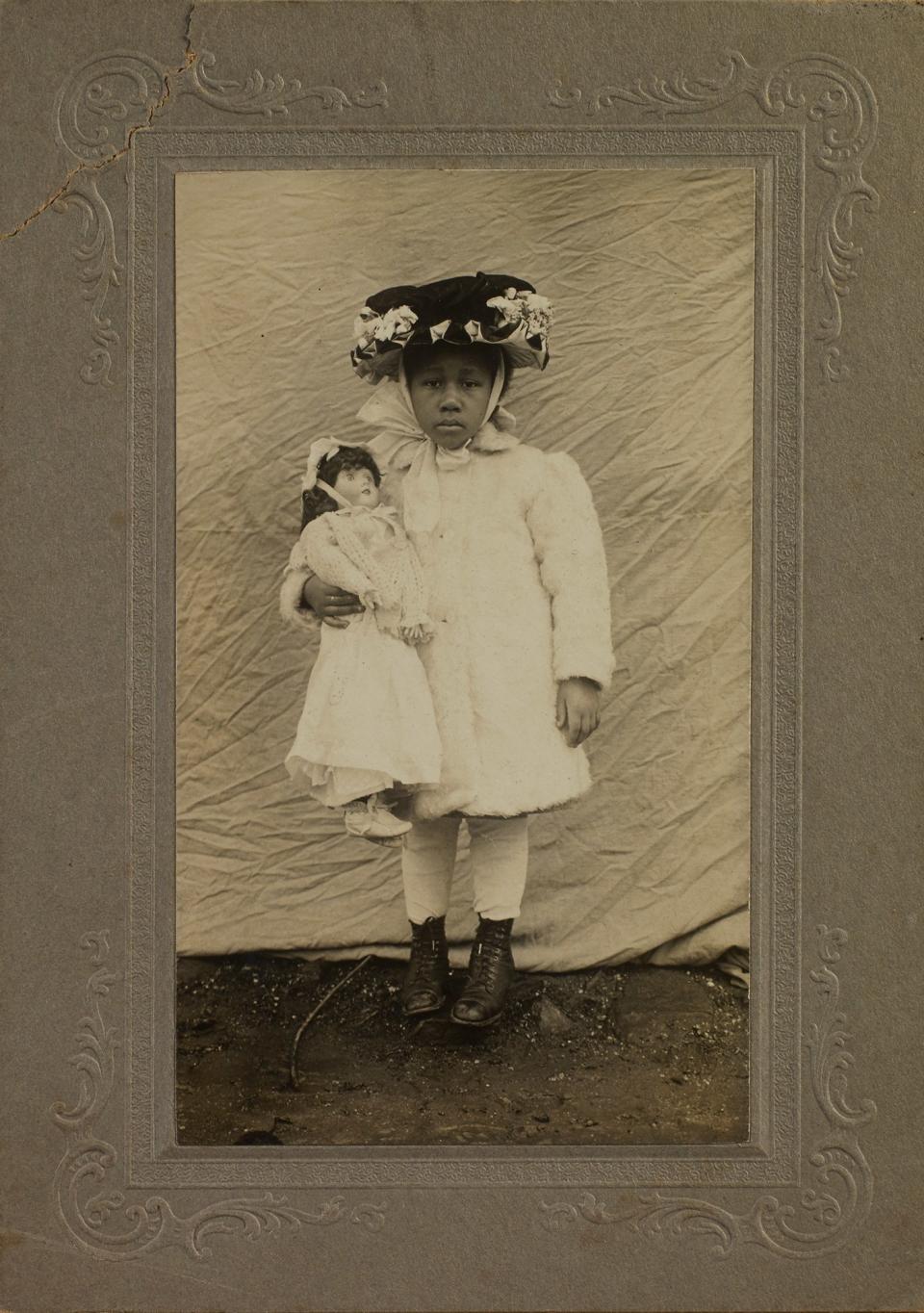
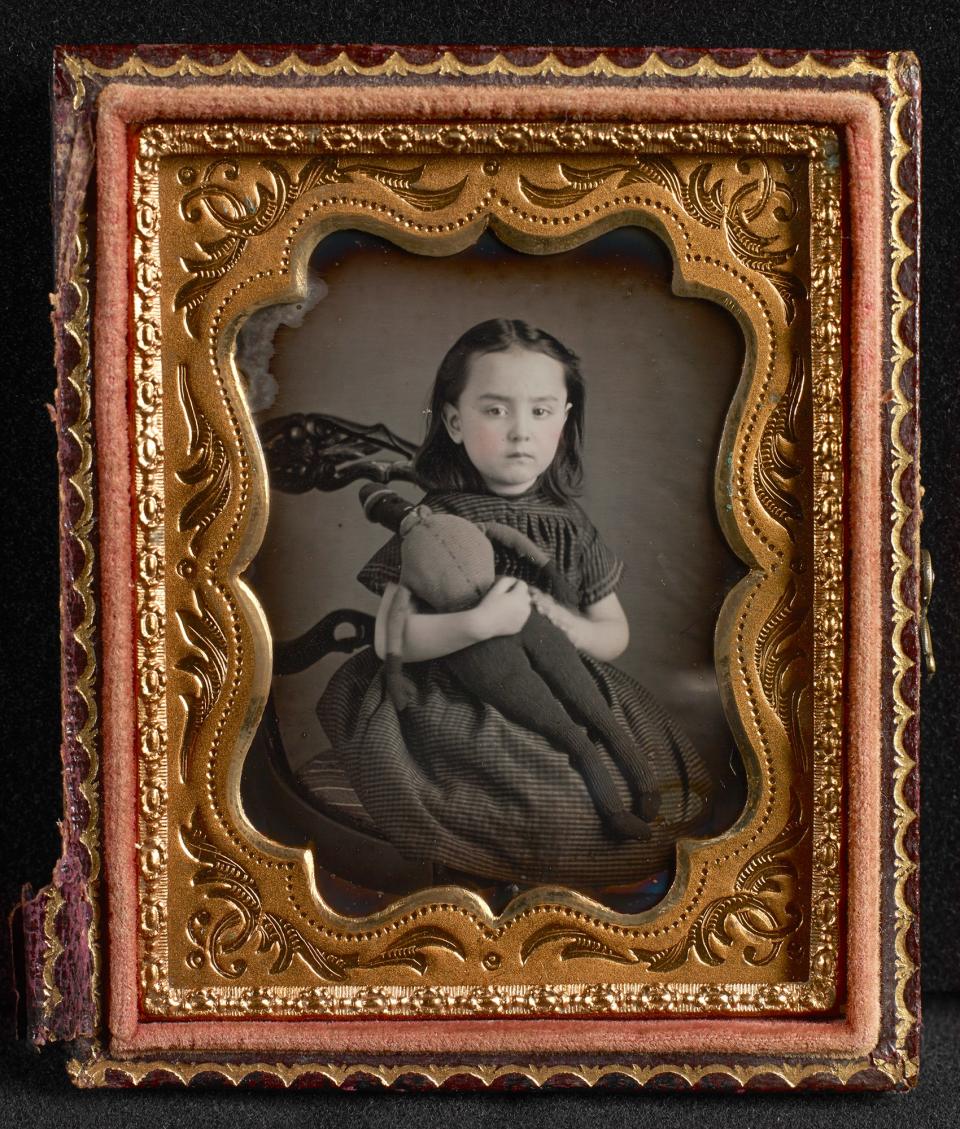
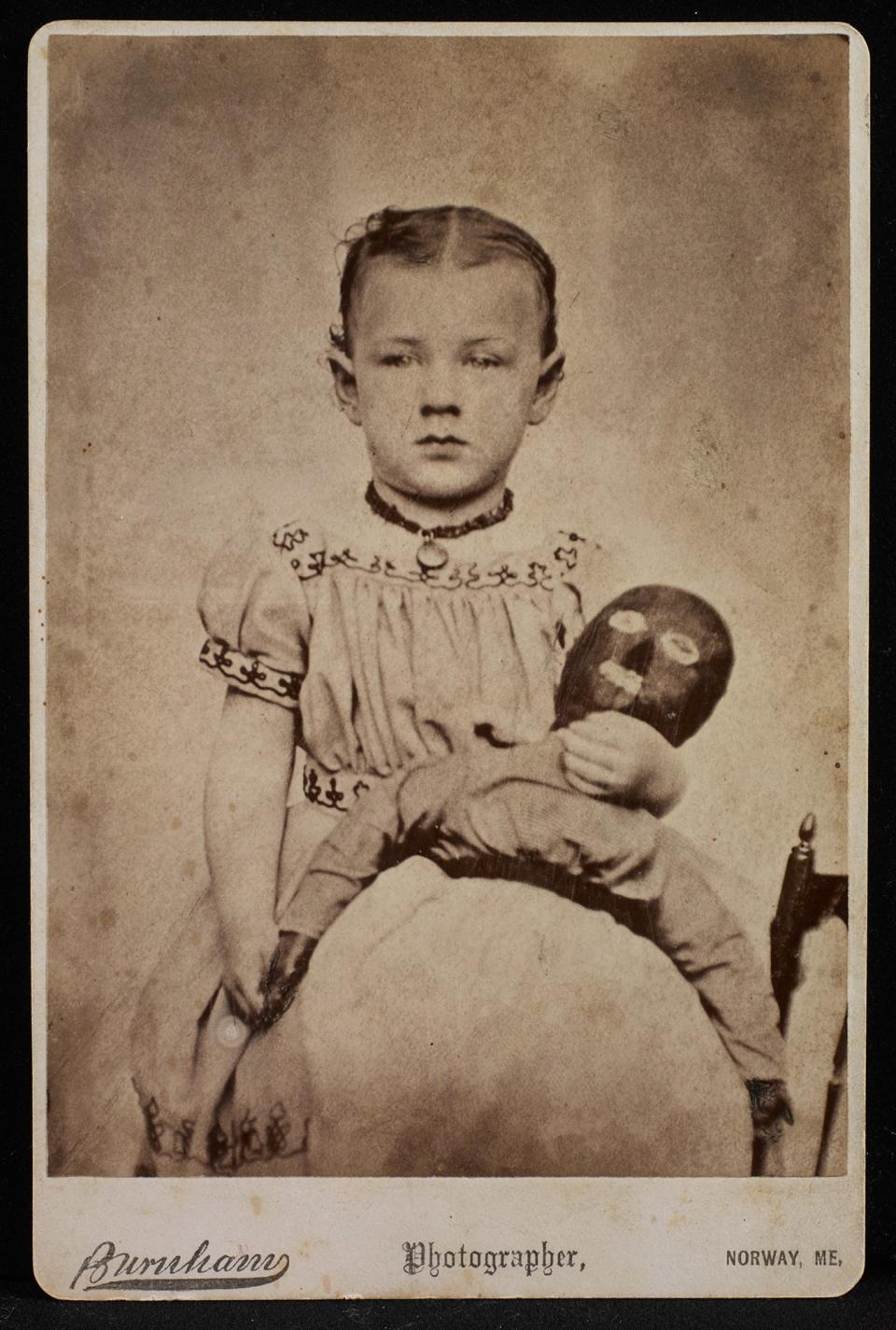
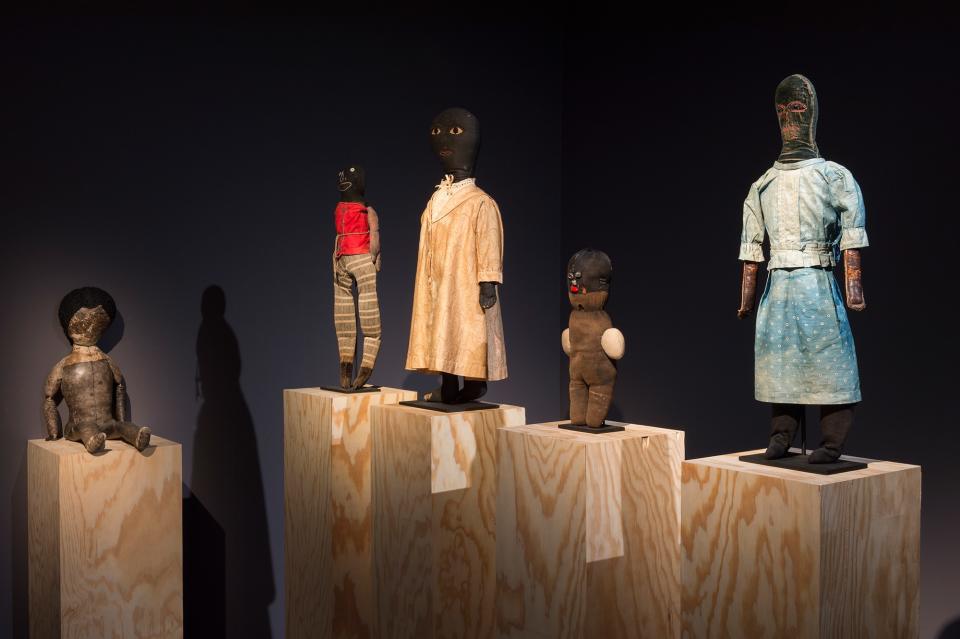
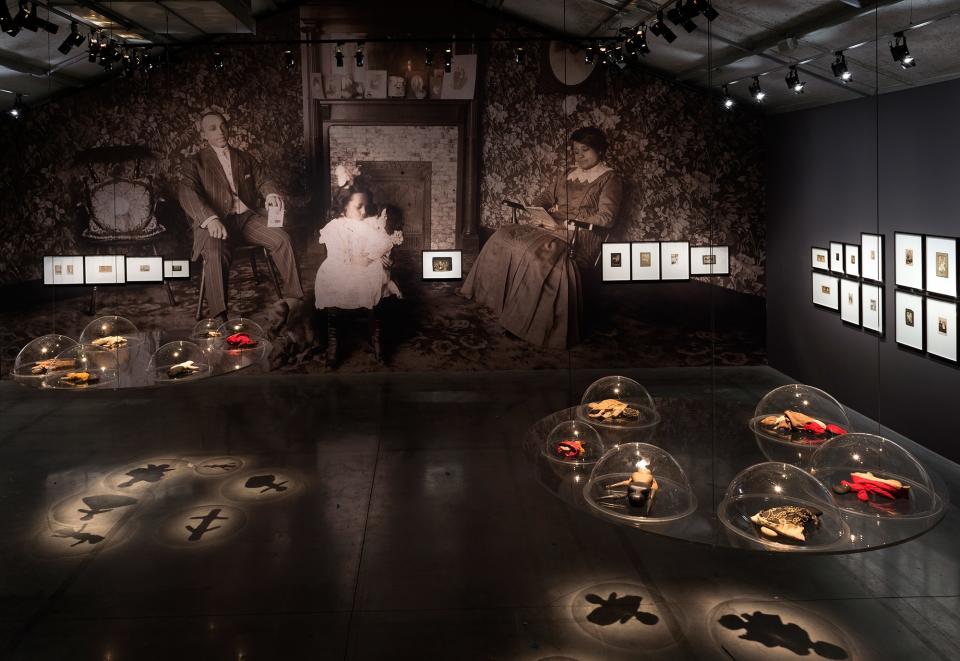
Two weeks ago, just after Paris Fashion Week, on an afternoon that hung between rain and sunshine, I took the Métro to Bastille, walked a few blocks to the gallery La Maison Rouge, entered the “Black Dolls: The Deborah Neff Collection” exhibition, and burst into tears.
This extraordinary assemblage, the collection of an American woman, Deborah Neff, runs the gamut from the most modest, touching efforts—a mere sock and rag with eyes—to figures that demonstrate dazzling needlework skills. The 200 or so dolls on display, proud survivors of an unspeakable time in American history, are far from the demeaning representation of African Americans that dominated the larger culture. Dating from 1840 to 1940, they are assumed to be made largely by African-American women. In the years before the Civil War, when enslaved individuals were forbidden to paint or sculpt, to learn how to read or write, the artists who created these works managed a stunning rebuke to these strictures.
Neff says she didn’t consciously set out to build a collection. “I found my first doll in Atlanta on a business trip. I went by chance to an antique fair, and there was this decrepit but proud-looking doll fashioned out of leather scraps, nails, and wood, and I couldn’t take my eyes off it.” So many others followed—orphans stranded at antique shows, auctions, dusty shops—who eventually found their way into Neff’s home.
Mystery shrouds these silent babies. The dolls may exude a quiet dignity, but that doesn’t mean they aren’t fun—they are toys, meant to be loved, meant to be played with. Here are nursemaids and newsboys; elegant sisters in their Sunday best; gentlemen out for a stroll in striped vests. Others, just as worthy of affection, feature humble outfits made from flour sacks. Their faces and bodies are given life with cloth, of course, but also leather, wood, and found materials. One area of the exhibition holds shadow boxes in which small dolls are sequestered, looking out of the suggestion of a window, as if they wished they could know how it feels to be free. Another section offers variations of topsy-turvy dolls, those two-headed girls that flip over—a black head on one end, a white one on the other. You can enjoy their company only separately; they are joined at the waist, sharing a single skirt. They can never look each other in the eye.
We will never know who made these wonderful dolls; we can only imagine under what circumstances their creators sewed. But we know that they were treasured, passed down from hand to hand, and that over the course of a century, no one could bear to throw them away. Mute witnesses to our American story, in all its glory and its wretchedness, they are small but mighty testaments to our shared history, our survival, and our triumphs.
